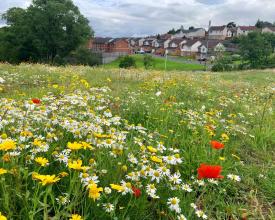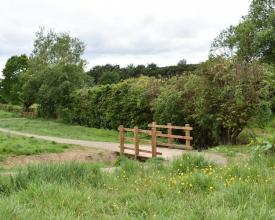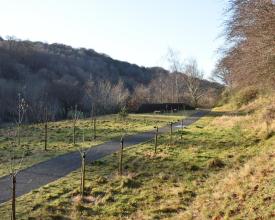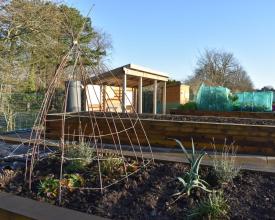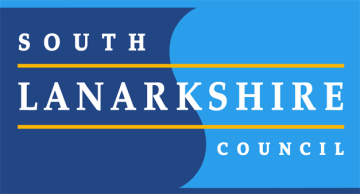
Fernbrae Meadows: From derelict golf course to vibrant community green space
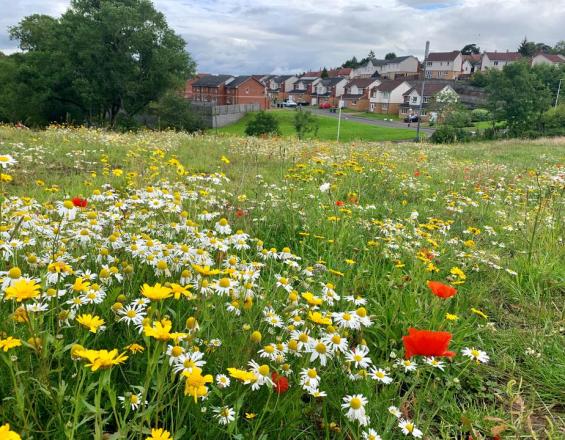
This innovative project, the first of its kind in Scotland and led by South Lanarkshire Council, re-imagined a redundant golf course under the principle of “enhancing what nature would do”, while carefully incorporating the needs of the community into the planning process. The former golf course was highly inaccessible to the local community and acted as a barrier between them and the wider local countryside of Cathkin Country Park. When it closed in 2015, it became a magnet for vandalism and antisocial behaviour. To improve local health outcomes and reduce antisocial behaviour in the park, the needs of the community and the desire to support healthy activity for all was placed at the centre of the greenspace design. This would only be possible with the support of the local community and so the project was designed to be as inclusive of feedback as possible before, during and after the design process.
Impacts
The park was designed to address some of the local challenges experienced by the community which falls into a region of some of the lowest SIMD scores in the country. A full community planning exercise was completed prior to project commencement. This allowed a meaningful exchange of ideas that could be incorporated into the plans prior to finalising the design.
Pathways, boardwalks and cycle routes of varying difficulty lead to viewpoints, rest stops, outdoor classrooms, play spaces and interpretive features. The park’s redesign has allowed for school groups, exercise groups and the community generally to actively engage in the space for the first time.
The design also used sustainable drainage systems (SuDS) including deculverting and natural flood management. Biodiversity enhancements included the creation of wildflower meadows, wetlands, and woodland/hedgerows from 100% native species. An allotment and community orchard were also created.
The park boasts approximately 370 visits per day, 50 fully let allotments, 13 school groups using the space, weekly litter picks, walking groups and more.
The COVID-19 crisis has seen an increase in numbers using the greenspace. The park has served as a critical space for mental and physical well being for the community during these trying times.
Contact Elana Bader for more information
